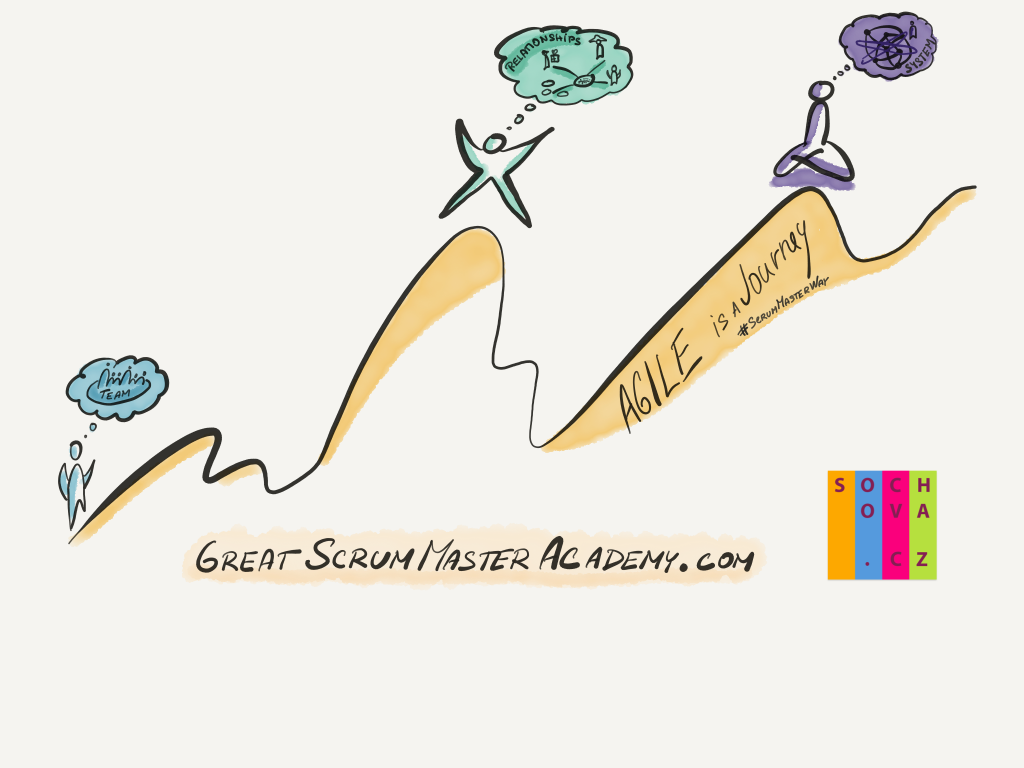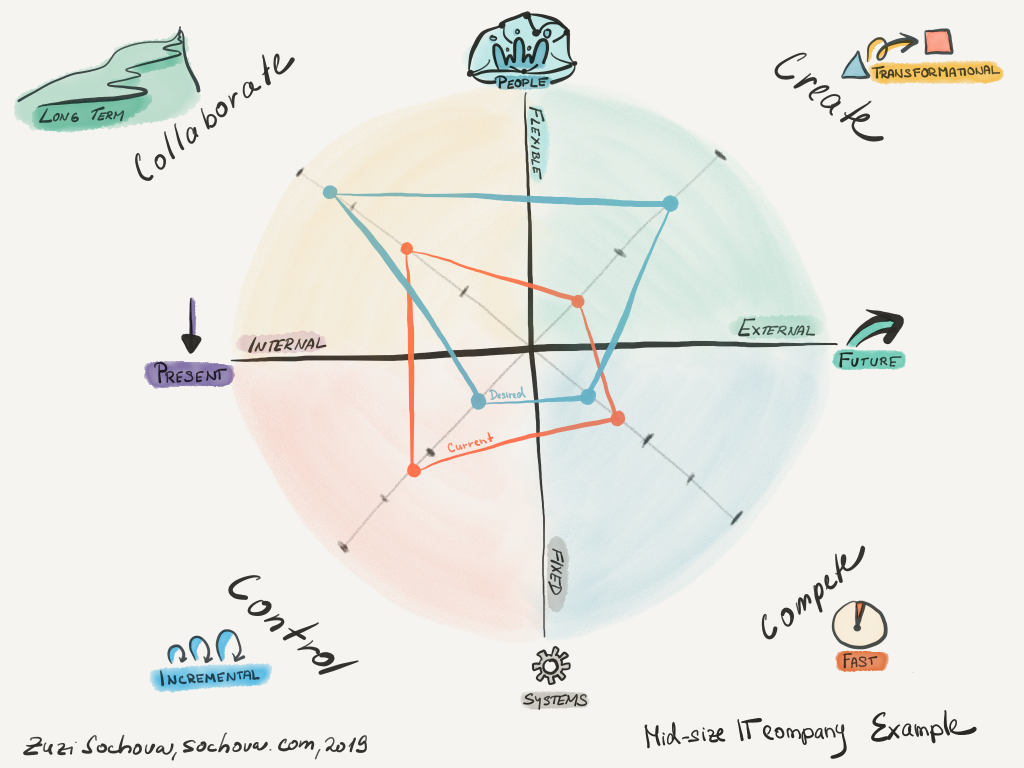I wrote here about the need of changing the HR in agile organizations. Agile HR helps organizations to adapt their culture to be more creative and collaborative and less control and compete oriented. They are here to create best employee experience from the first contact, through day one, support their growth, motivation, and increasing their value to the organization. And once you embrace such collaborative and creative culture, it’s time to redesign the performance review and overall evaluation process. The individual KPIs created by managers for upcoming year becomes irrelevant as the people are inspecting and adapting not only of what they deliver, but also what their roles are as those are changing depending on the needs. Some organizations are going towards team created and measured goals (like OKRs) but the others are removing any fixed goals with exchange to the radical transparency and strong evolutionary purpose. That’s where we talk about team organizations.
If you are not there yet, any type of the 360s, like Comparative Agility, Agility Health radar etc. can be a good start. It helps to start with receiving feedback and learning based on that. We are shifting from management feedback and ranking to self-assessment, peer-feedback, and coaching for growth with regular check-ins. I remember that the biggest shift happened where we stopped evaluating and started coaching people. Help them to design their own journey. We made organizational goals transparent and let teams and individuals to create their own goals. Together with a strong sense of the ownership, it helped to feed the motivation.
Finally the last step is to change the rewards and bonus system. It’s only possible if you already created a culture based on collaboration, transparency and purpose driven. Removing the detailed positions goes hand in hand with changing the evaluation system. The peer feedback is flowing there and back on a daily basis, most of the teams would be running their regular retrospective to improve, and help each other to grow. Most of the agile organizations are shifting towards higher base salary with no variable part as they realize that money are more demotivating factor at the end of the day. In creative complex world incentives for tasks are not really working. So that organizations are decoupling financial rewards from individual performance. If there is any bonus it’s more at the overall organizational level, split to the teams and allowing them to distribute it themselves, then given by the KIPs evaluations or decided by management. Some organizations go further on and make salaries fully transparent to everybody. Such level of transparency is a good review system as any inconsistency is visible to everyone.
Agile organizations focus on rewarding people behavior, and learning, over just doing your job. They realize that flexible working hours, self-selection of work, unlimited vacation, work from any place on the world, etc. are better motivation factors than your salary and bonus.
It’s all very different world. And it will not shift overnight. So start small, and inspect and adapt from there. The very first step is to get awareness about what culture you have in the organization and what is the desired culture. You might need a good communication, facilitation, and coaching skill to be able to help your organization to reflect that way, but that’s only the beginning. It’s all about changing mindset. Grow that mindset first, the different practices will follow.
In a summary, Agile HR helps organizations to change their culture to be more creative and collaborative and less control and compete oriented – we build organizations around motivated individuals, involving them in co-creating their journey. Agile HR focuses on the best employee experience from the first contact, through Day one, support their growth, motivation, and increasing their value to the organization. It’s not about processes but a different culture, different mindset.

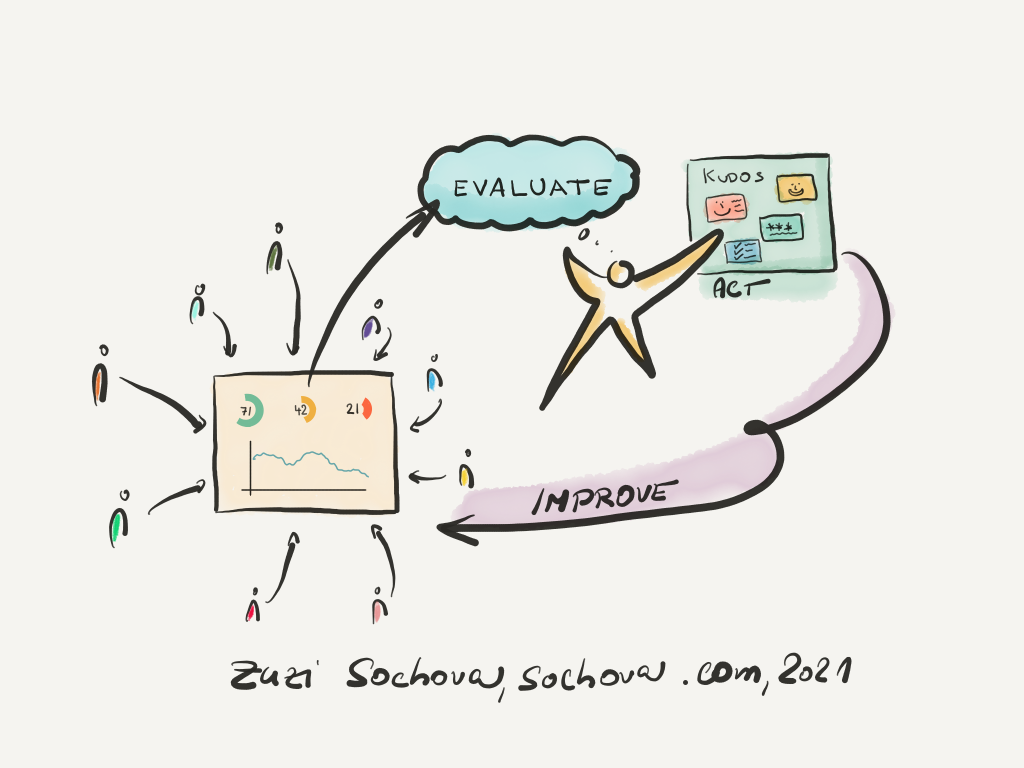
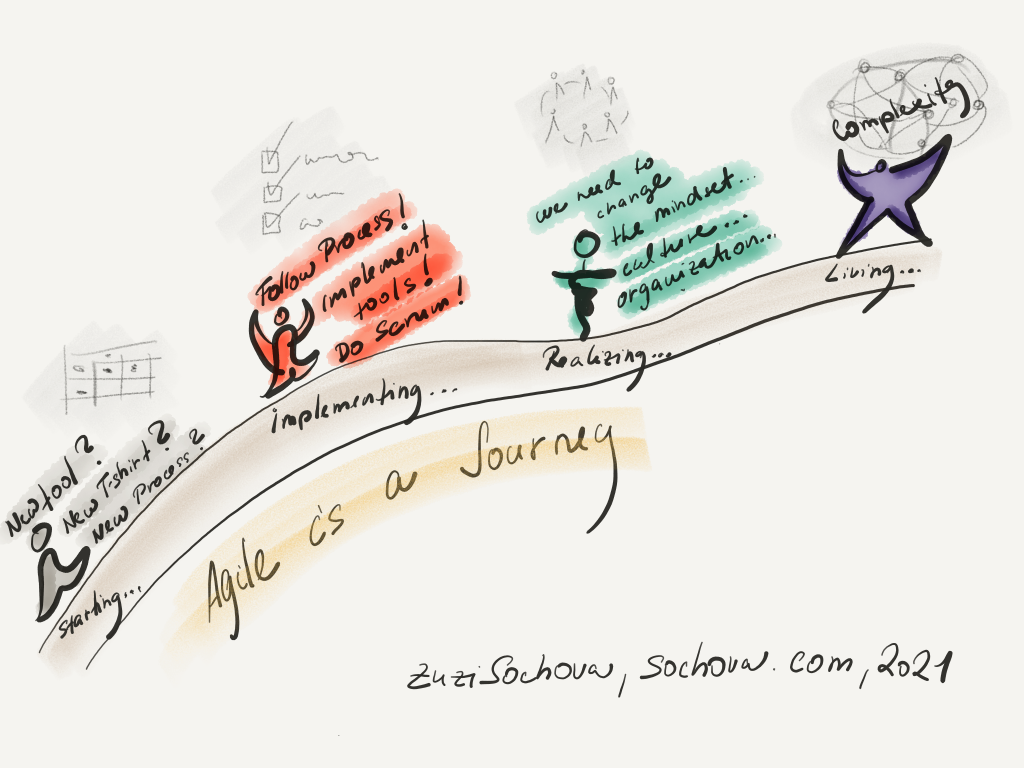
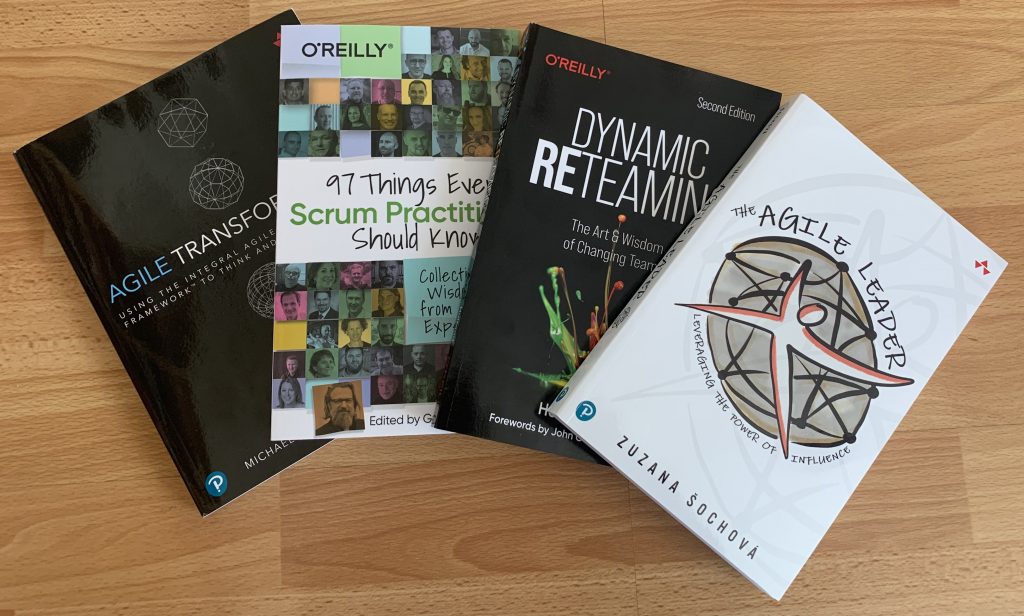
 The first recommendation is a trilogy
The first recommendation is a trilogy 
